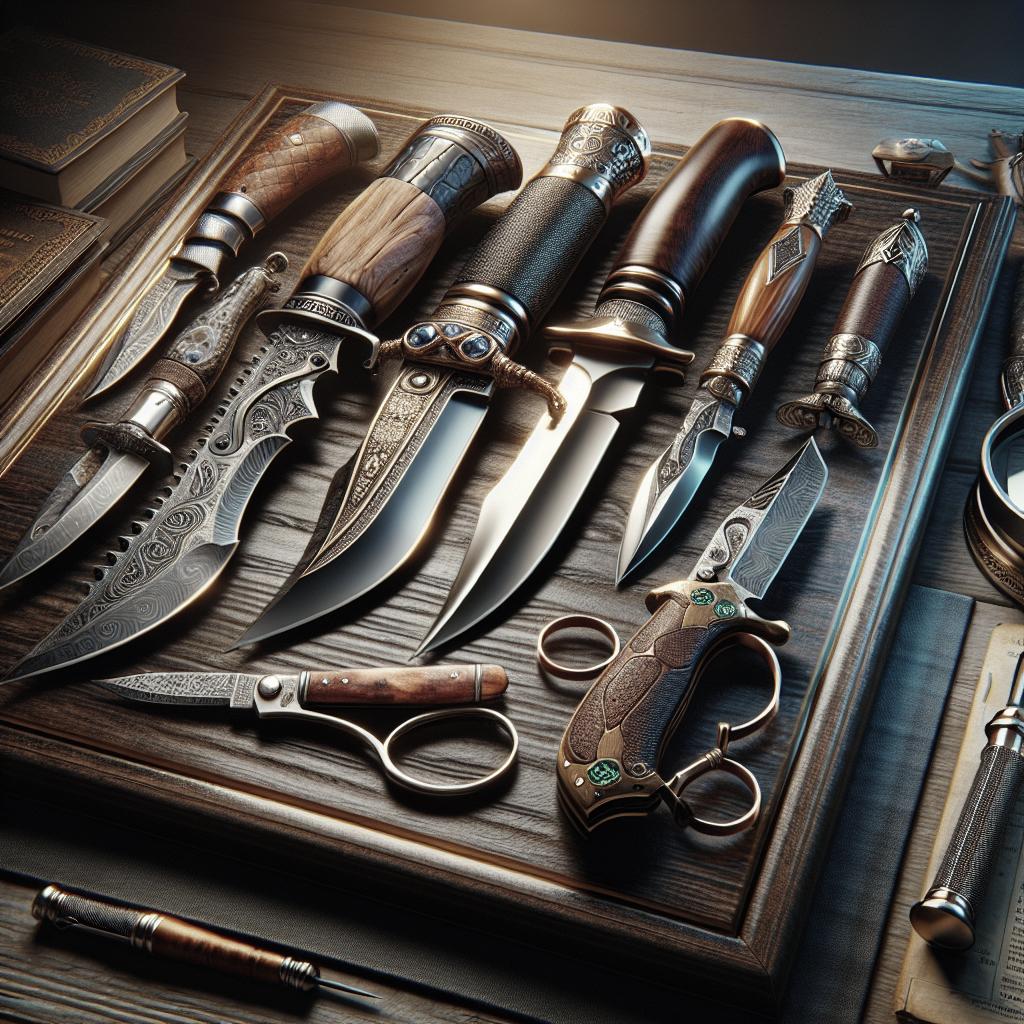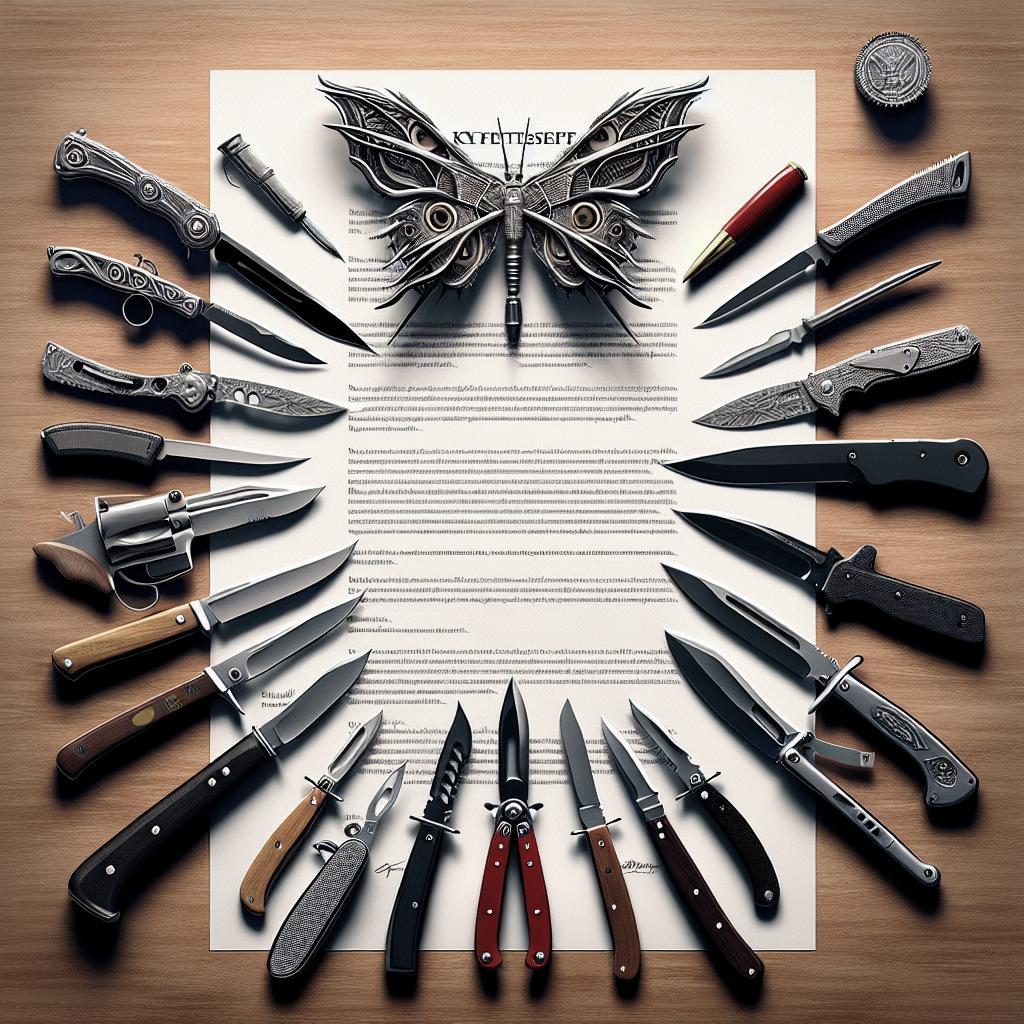Safety Tips for Knife Handling
In any setting where you encounter sharp blades, safety should be your utmost priority. Whether in the kitchen, workshop, or dealing with materials like glass, ensuring that proper procedures are followed can prevent injury and accidents. This guide covers critical aspects of knife and blade safety, focusing on the reasons for concern, risk control measures, and safe practices for both hand and power tools. Additionally, it provides insights into working safely with broken glass and dishware. By following these guidelines, you’ll be better prepared to handle sharp objects responsibly and safely.
On this page
-
Why is there a concern when working near sharp blades or edges?
-
How can this hazard be eliminated or the risk controlled?
-
What do I need to know about the safe use of hand tools with sharp blades?
-
What do I need to know about the safe use of power tools with sharp blades?
-
How can I work safely with broken glass and dishware?
-
Safety Guidelines
Why is there a concern when working near sharp blades or edges?
Working near sharp blades introduces the risk of cuts and lacerations, which are among the most common workplace injuries. Sharp edges can also puncture protective clothing and gloves, further increasing the potential for personal injury. These risks are not isolated to professional kitchens or workshops; they can occur at home or in any environment where knives or sharp tools are used.
Beyond personal injury, improper handling of sharp blades can lead to damage to materials being cut or the tools themselves. Additionally, accidental slips or drops can result in severe injuries to oneself or others nearby. Awareness and preventative measures are key in managing these risks and ensuring a safe environment.
How can this hazard be eliminated or the risk controlled?
First, one of the most effective measures is to ensure that all cutting tools are well-maintained and sharp. A sharp blade requires less force to operate, reducing the likelihood of it slipping or causing muscle strain. Additionally, proper training in tool handling techniques and cutting practices can significantly reduce accidents.
Implementing personal protective equipment (PPE) such as cut-resistant gloves and eye protection is also an essential control measure. Establishing a clean and organized workspace can further limit accidents, as it minimizes the risk of tools being knocked over or misused.
What do I need to know about the safe use of hand tools with sharp blades?
When using hand tools like knives or chisels, always cut away from the body and ensure you have a stable, unobstructed work surface. It’s important to use the appropriate tool for the task at hand and to avoid any makeshift adaptations that could compromise safety.
Regularly inspect tools to ensure they’re in good condition and replace or sharpen blades as needed. Handle tools with firm grips and avoid distractions during use to maintain control and focus. Always store tools safely when not in use, ideally in sheaths or secured positions.
What do I need to know about the safe use of power tools with sharp blades?
Safety when using power tools with sharp blades begins with comprehending the tool’s operating manual and adhering to all instructions. Always check that guards and safety features are in place before use. Power tools should be operated in a well-lit and clear space to prevent unforeseen mishaps.
It’s crucial to disconnect power tools from their power source before modifying or changing blades or attachments. Liberation from distractions and wearing appropriate PPE such as safety goggles and gloves are fundamental steps for secure power tool operation.
How can I work safely with broken glass and dishware?
Handling broken glass necessitates a strong focus on safety to prevent cuts and other injuries. Always wear cut-resistant gloves when cleaning up broken glass and use a broom and dustpan instead of hands to avoid direct contact. When disposing of broken glass, use sturdy containers to prevent punctures and ensure safe transportation.
For dishware, regular checks for chips or cracks can prevent breakage during use. When breakage occurs, take prompt action to clean up and dispose of shards carefully. Awareness and preventive techniques are key in maintaining safety around glass and dishware.
Safety Guidelines
- Always cut away from your body.
- Keep blades sharp to reduce force needed.
- Use personal protective equipment.
- Read and follow all tool manuals.
- Organize workspace to prevent accidents.
- Dispose of broken glass safely.
Share This Story
If you found this guide useful, feel free to share it with others who may benefit from these safety tips. Using share links and social media buttons can help spread awareness and promote safe practices in handling sharp tools and materials.
| Section | Key Points |
|---|---|
| Concern when working with sharp blades | Risk of cuts and injuries; importance of safety measures |
| Controlling the risk | Regular maintenance, PPE use, organized workspace |
| Safe use of hand tools | Use appropriate tools, cut away from the body, inspect tools |
| Safe use of power tools | Read manuals, check safety guards, use PPE |
| Handling broken glass | Wear gloves, use containers for disposal |


